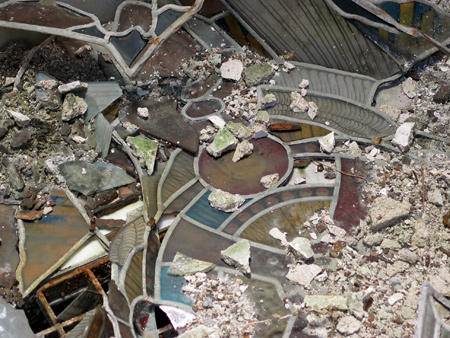
Documenting Recoleta Cemetery in Buenos Aires since 2007
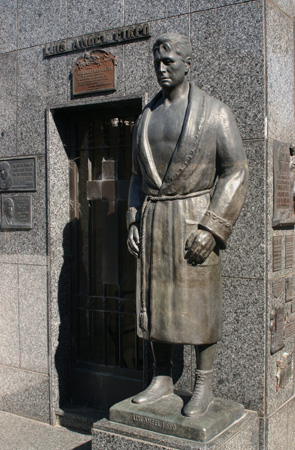
Everyone jokes & says Firpo is wearing his bathrobe, but you probably wouldn’t say that if he was standing in front of you… that’s a life-size replica of the man himself by sculptor Luis Perlotti.
This big guy, over 6.5 feet tall & 220 pounds, was Argentina’s first world heavyweight boxer. His size & strength earned him the nickname “El Toro Salvaje de las Pampas,” The Wild Bull of the Pampas. He fought against every major name in boxing in the 1920s, but his most famous fight was in 1923 against Jack Dempsey in New York City.
Firpo was pummeled by Dempsey but managed to get some good punches in. He even knocked Dempsey completely out of the ring, feet flying in the air. The photos below are from the October 1923 edition of The Ring & titled, “Thrilling Moments in the Most Sensational Heavyweight Championship Bout in Modern Ring History”:
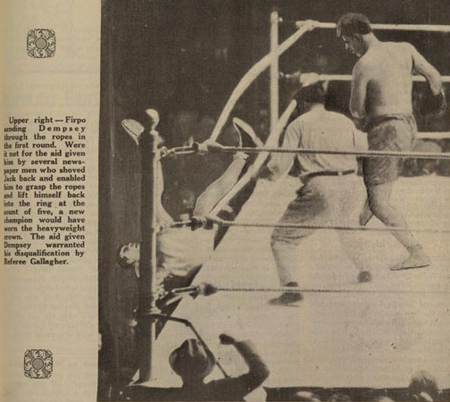
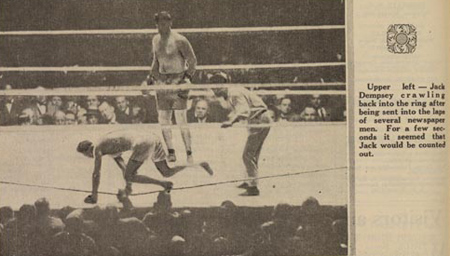
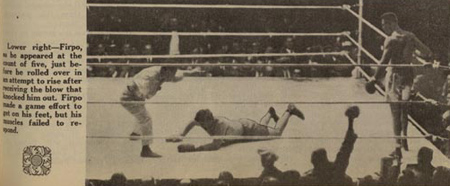
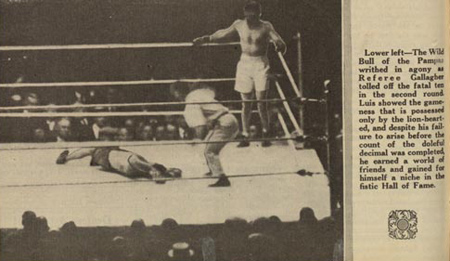
Down for a count of 8, Dempsey was helped back into the ring then proceeded to knock out Firpo. Many speculate that the match was fixed & help from newspaper reporters should have disqualified Dempsey. Regardless, when Firpo retired he had an amazing record of 32 wins out of 38 fights. He passed away in 1960 & is still revered as one of the greatest boxers in history. Compare your hands to his & be the judge:
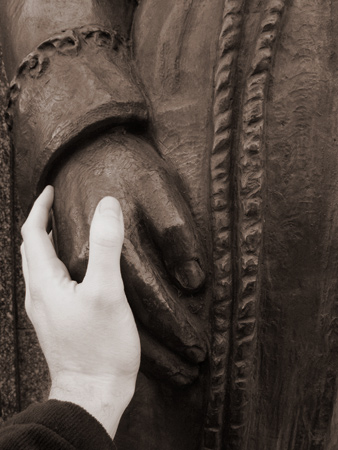
Update (24 Oct 2011): Finally found a decent video of the entire fight… it’s only 7 minutes long but amazing to watch:
Unfortunately removed from YouTube in 2019, but we’ll continue to look for another version to link here.
Update (24 Jan 2012): While doing a bit of research in the Biblioteca Nacional, I stumbled across an interesting article from the Buenos Aires Herald in Oct 1937. After retiring from boxing, Firpo got into ranching & raising livestock… apparently not all of his business dealings were exactly legal:
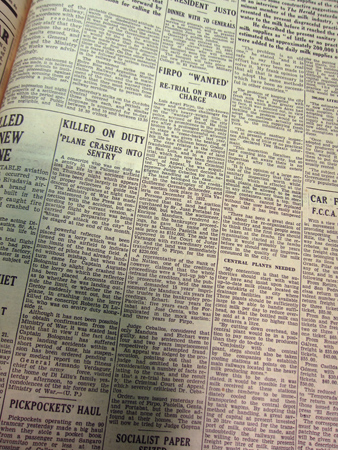
Firpo “Wanted” – Re-trial on fraud charge
Luis Angel Firpo, the well-known boxer and one-time challenger for the world’s heavy-weight title, is on the “wanted” list of the city police, accused of fraud. he thus returns to prominence in the public eye after a prolonged eclipse, only broken by his unsuccessful attemp to stage a “come-back” last year, when he was given the beating of his life by a Chilean boxer, Godoy.
The case relates to the alleged fraudulent sale of a piece of land in San Luis, and in a previous trial, which has now been declared null and void by the Criminal Court of Appeal, he was acquitted. The Appeal Court decided to reprove Judge Ceballos for his negligent handling of the case.
The land belonged to the creditors in the bankruptcy of Ernesto Guillermo Germán Schroeder, and the auction took place in Villa Valeria on December 26, 1932.
Persons present at the auction declared that the land had been purchased by Sr. Juan Fortabat for $306,000, but when the auctioneer, Enrique Manduca, rendered accounts in the bankruptcy proceedings, he gave the name of the buyer as Camilo Paolella and the sale price as $151,000. The sale was approved in the Court of Judge Varangot with extraordinary celerity, and the land was immediately transferred to Firpo, for the sum of $220,000.
A representative of the Bank of the Nación, one of the creditors, however, claimed that the whole proceedings were a “put-up job” to defraud the creditors, and the public prosecutor, who held the same view, demanded 15 years’ imprisonment for Manduca; six years for the trustee in the bankruptcy proceedings, Echart; four years for Paolella; five years each for Fortabat and José Genta, who was implicated in the mock auction; and three years for Firpo.
Judge Ceballos, considered that only Manduca and Etchart were guilty, and he sentenced them to four and two years imprisonment respectively for attempted fraud.
An appeal was lodged by the prosecution, pointing out that the judge had omitted to take into consideration a number of facts relating to the case, and the result is that a re-trial has been ordered by the Criminal Court of Appeals, which severly criticised Dr. Ceballos.
Orders were issued yesterday for the arrest of Firpo, Paolella, Genta and Fortabat, but the police advised that none of them could be found at their homes. The case will now be tried by Judge Goyena.
Update (08 Feb 2012): Even more content keeps appearing online. Check out these two photos… unfortunately I don’t have any source info. But at least there’s more proof that the statue in the cemetery is indeed life-size:
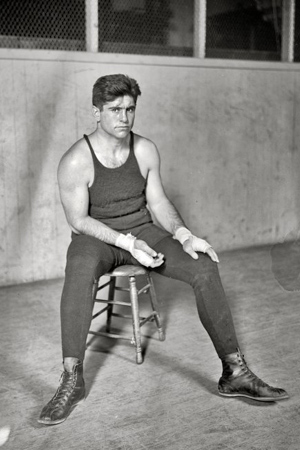
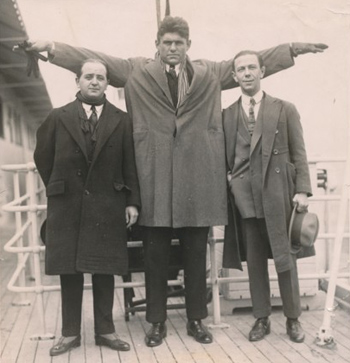
Update (10 Dec 2012): In 1924, celebrated US artist George Bellows depicted the famous Firpo-Dempsey fight, & the painting below hangs in the Whitney Museum of American Art:
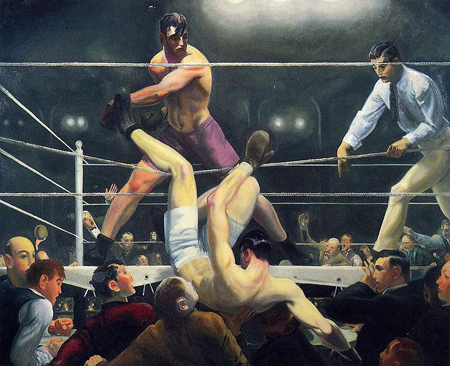
Update (21 Apr 2014): Amazing that new info about Firpo continues to emerge online. British Pathé just uploaded their entire collection of newsreels to YouTube. Among thousands of videos is a 27-second reencounter of the two fighters in 1954… over 30 years after the legendary match:
4 Comments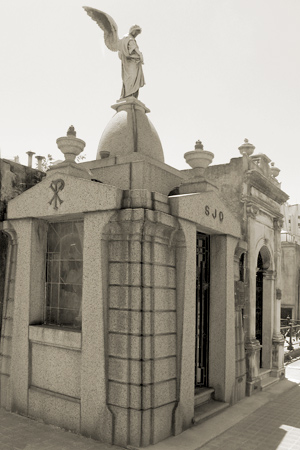
Founder of the Banco Popular Argentino in 1887, Sixto J. Quesada preferred cooperativism over corporation just as massive immigration to Argentina began. By definition, a co-op operates under a one person, one vote system while corporations give more authority to those who own more shares in the business. Quesada, along with a group of friends, created this new bank with the idea of promoting national growth on a more equalitarian basis than other models could offer.
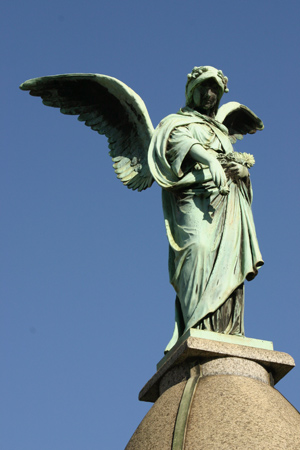
A 1926 national law increased government intervention in cooperatives & many of them incorporated to stay in business. The Banco Popular Argentino switched sides & became a corporation too, managing to stay afloat until the 1980s. These days it’s nothing but a memory.
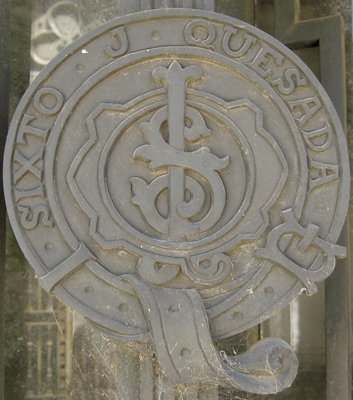
As a prominent banker, Quesada also wrote various books about the Argentine economy which are quoted from even today. In the 1901 publication “Historia de los Bancos” he writes about Argentina:
“The budget is in a state of constant deficit. There is no external or internal credit. So where do the resources to cover current expenditures come from? It is impossible to raise taxes for the moment, due to the current commercial & industrial situation. [Doing so] would be to precipitate its ruin.
The only recourse is to submit ourselves to living frugally, almost Franciscan, so that by economic means, previous obligations can be paid. The administration should take a moral stand so it can regain the credit which it lacks today.
Those who live off politics should rethink their actions–the very ones who praise themselves for serving the nation when they have only lived off of it & thus off of taxpayers as well. The sickness has reached a critical level, today the nation is anemic. They cannot continue sucking its blood but instead they should nurse it so the nation can survive & recover.
Illusions abound by those who think they can continue doing politics the old way & that the country can withstand anything. They have killed the goose that laid the golden egg & should resign themselves to work; the party is over. Work & honesty will be the only thing that will regenerate our country.”
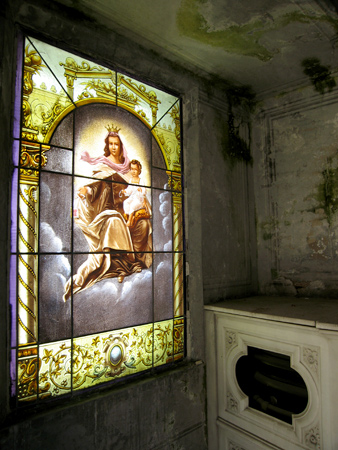
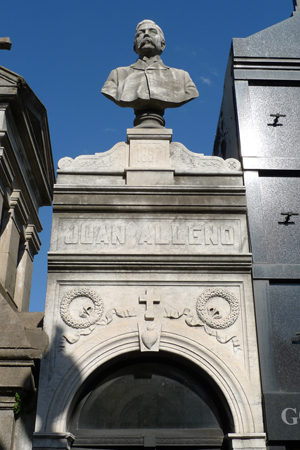
Although this skinny, narrow mausoleum doesn’t stand out, an urban legend lurks inside. Peek through the door to find the sculpture of David Alleno—caretaker in Recoleta Cemetery from 1881 to 1910.
Like the caretakers of today, David had a certain sector which he maintained & apparently became obsessed over where his final resting place would be. Members of the Alleno family claim that David’s brother, Juan, had already purchased this plot for his family… perhaps that inspired David to be buried in Recoleta Cemetery as well. After saving over a lifetime, he was able to have a sculpture made of himself at work, complete with keys, broom & watering can:
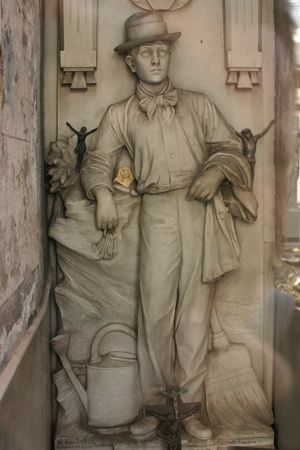
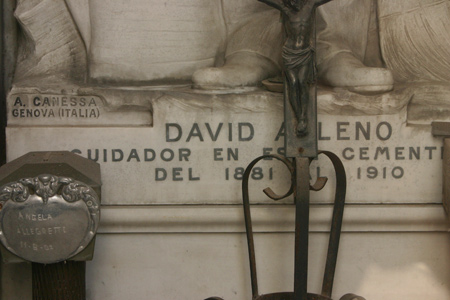
Urban legend claims that when the sculpture arrived from Italy & was placed in the tomb, David was so eager to complete the project that he went home & committed suicide… knowing that he would soon rest in peace here. Whether the motive is true or not, David Alleno is now locked in with the elite residents of Recoleta Cemetery:
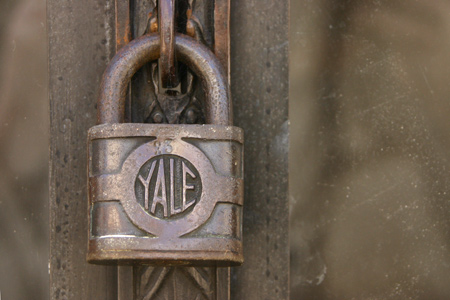
Update (07 Nov 2010): Thanks to an investigation by Guada Aballe, we know a few more facts about the life of David Alleno… & she found photos too! One of the best resources for early 20th century Buenos Aires history is Caras & Caretas, a local magazine with political & social commentary. In the 10 Apr 1909 edition, Recoleta Cemetery workers were concerned about a change in administration. Various caretakers were photographed & David Alleno appeared in the article:
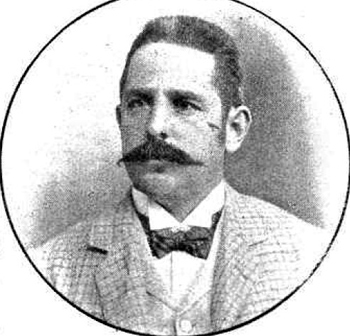
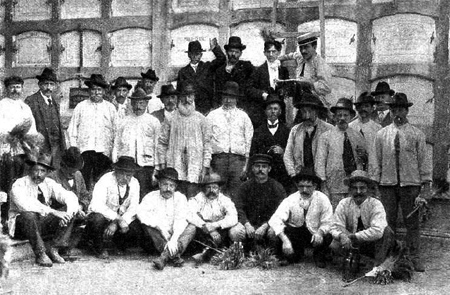
David Alleno spent 28 years working at Recoleta Cemetery & according to his death certificate—also amazingly uncovered by Guada—he passed away on 31 Aug 1915. The cause of death is listed as “trauma & cerebral contusion.” Of course whether or not the head injury was self-inflicted does not appear on the death certificate. But we’re one step closer to uncovering the truth behind the urban legend. Thanks, Guada!!
17 Comments